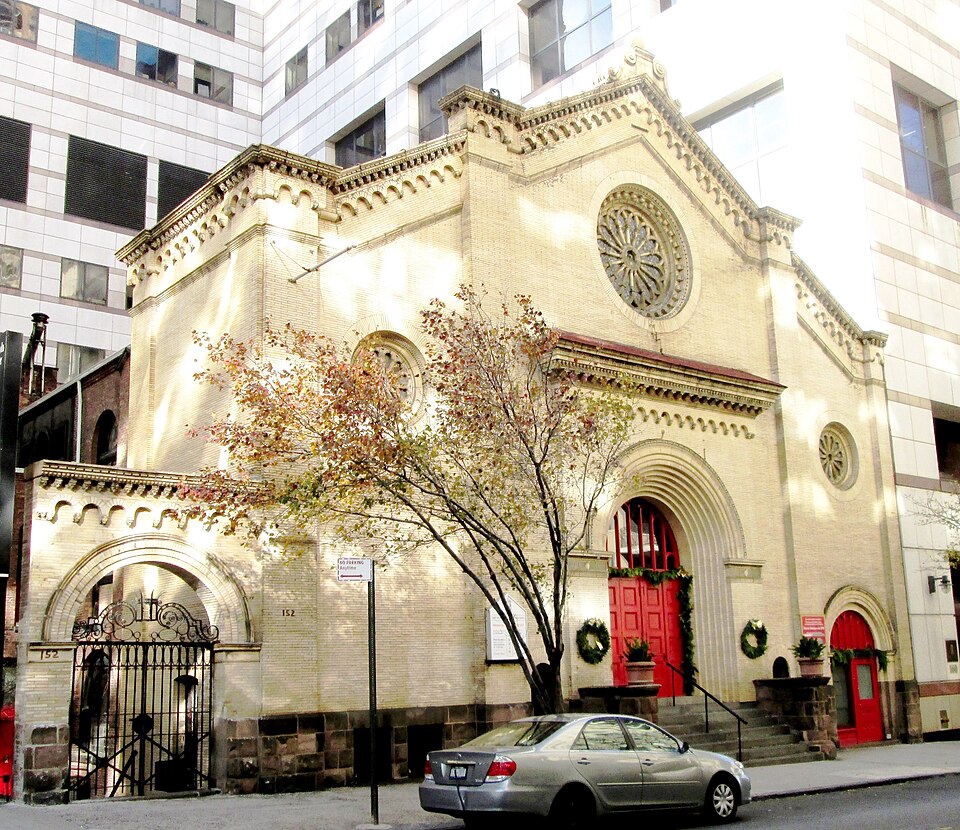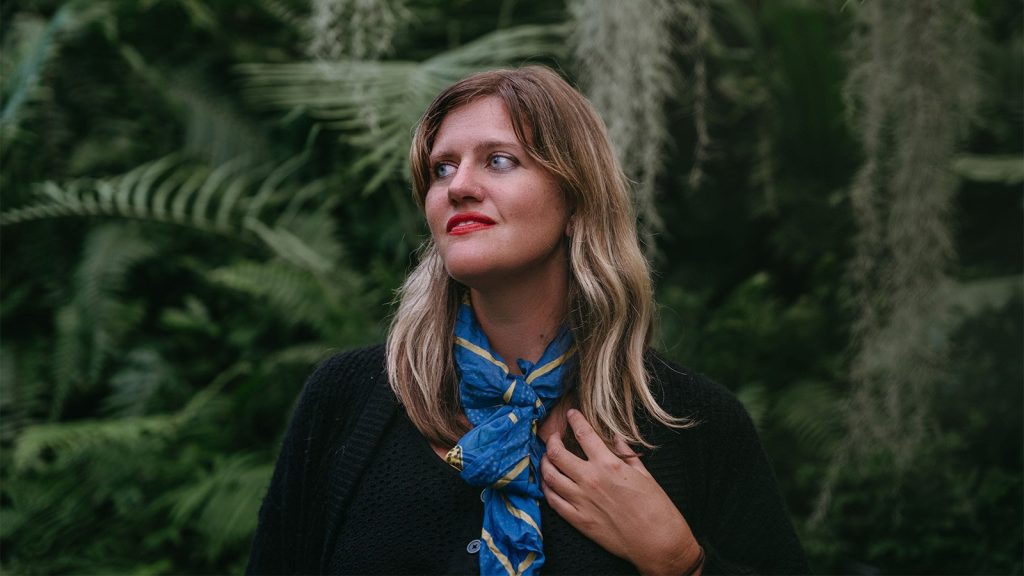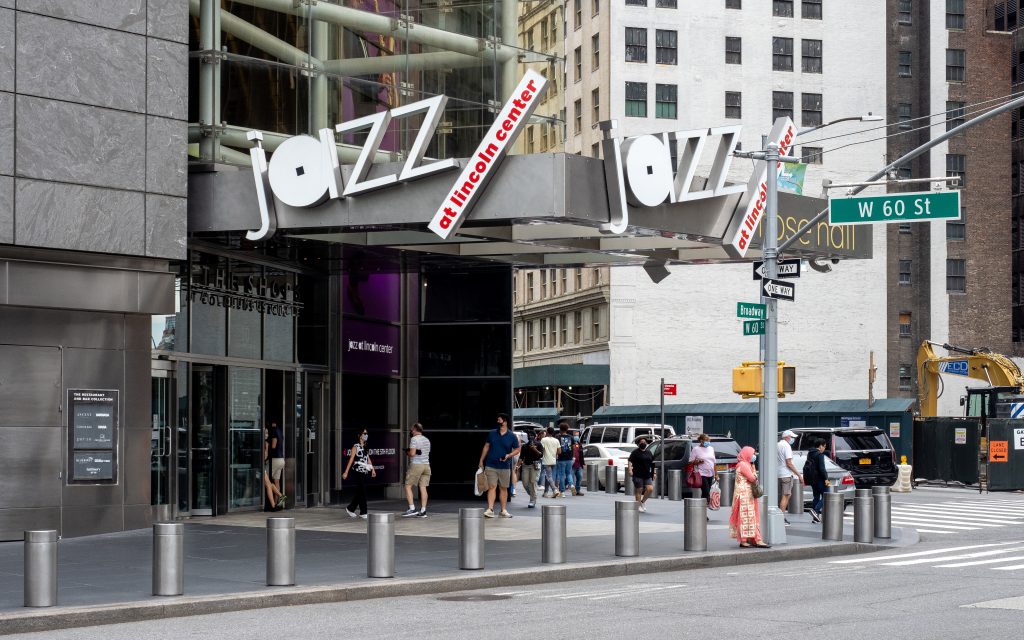Chelsea Wang piano
Hina Khuong-Huu violin
Julia Schilz violin
Maurycy Banaszek viola
Roni Gal-Ed oboe
Vadim Lando clarinet
Karl Kramer horn
Gina Cuffari bassoon
BEETHOVEN Piano Quartet in C Major WoO 36 No. 3 ▪ 1785
~ precocious charm, with a dominant, snappy piano part—his most ambitious early composition from a set of 3 quartets written at age 14
Beethoven was a piano prodigy and performed in public at age 7. When he was 10 years old, he became the assistant to the new court organist in Bonn, Christian Gottlob Neefe, who introduced him to the art of the fugue and the study of Bach’s Well-Tempered Clavier. In 1783, Beethoven was described in Magazin der Musik as “a boy of eleven years and a most promising talent. He plays the piano very skillfully and with power, reads at sight very well…. [Neefe] is now training him in composition…. This youthful genius…would surely become a second Wolfgang Amadeus Mozart if he were to continue as he has begun.” The quartets were modeled after a set of Mozart violin sonatas published in 1781, while revealing his distinct musical style that anticipates his later work. He later used some of the themes in his Piano Sonata No. 1 in F minor, which he wrote about 10 years later in 1795. It is also one of the earliest works for the innovative instrumental combination of piano, violin, viola and cello. The set of Quartets was published in 1828, the year after his death, when the Viennese publisher Artaria acquired the manuscripts.
Photo credit: Wikimedia Commons


